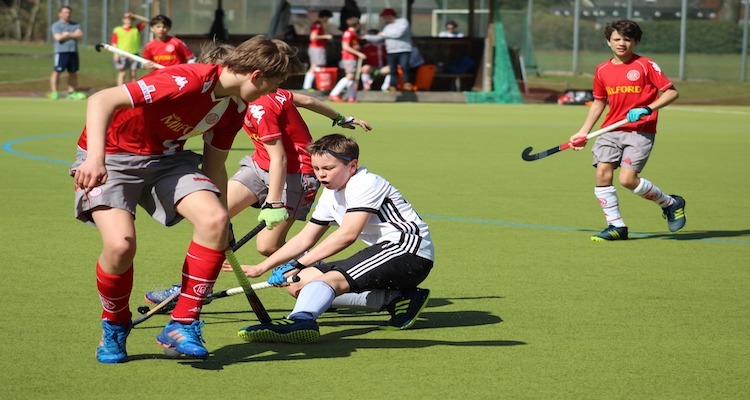
Field hockey is played in numerous countries around the world and has a significant following. The popularity and player numbers can vary significantly across different countries, with certain regions, such as Europe, Asia, and Australia, known for their strong hockey traditions and higher participation rates. While field hockey is a popular sport it is also a fast moving contact sport and injuries can occur.
In field hockey, players are susceptible to various types of injuries due to the physical nature of the sport. Some of the most common injuries in field hockey include:
It is possible to minimise the risk of injuries and we now consider how that can be done.
Preventing injuries in field hockey involves a combination of proper preparation, technique, equipment, and awareness. Here are some key strategies to help prevent injuries in field hockey:
Remember, injury prevention is a collective effort that involves the commitment of players, coaches, and officials. By following these guidelines and promoting a safe playing environment, the risk of injuries in field hockey can be significantly reduced.
Filed hockey is a popular sport. However, because of its fast moving nature injuries can occur. If you would like help and advice around injury treatment or prevention then do contact some of the sports injury specialists we have listing on the site.
